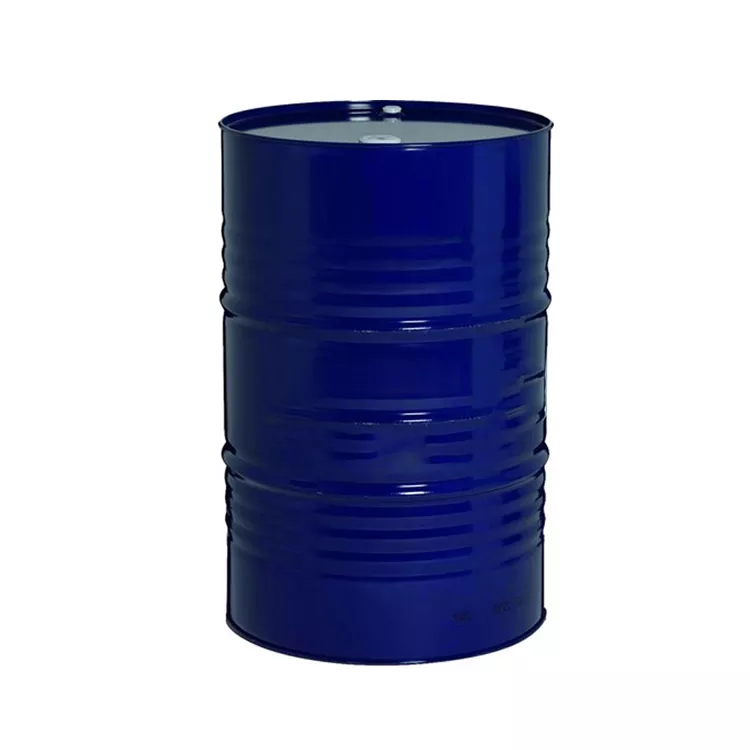A catalyst is a substance that increases the rate of a chemical reaction without being consumed in the process. It plays a crucial role in many chemical reactions by lowering the activation energy required for the reaction to occur. The activation energy is the minimum energy required for the reactant molecules to undergo a chemical transformation. By lowering the activation energy, the catalyst increases the probability of the reactant molecules colliding with sufficient energy to form the product.
The effect of a catalyst on the conversion rate of a reaction can be significant. In the absence of a catalyst, a reaction may proceed very slowly or not at all. However, when a catalyst is added, the reaction rate can increase dramatically. This is because the catalyst provides an alternative reaction pathway that has a lower activation energy than the uncatalyzed reaction. The lower activation energy means that more reactant molecules have enough energy to react, resulting in a higher reaction rate.
The effect of a catalyst on the conversion rate can be explained by the collision theory of chemical reactions. According to this theory, a chemical reaction occurs when reactant molecules collide with each other with sufficient energy and proper orientation. The catalyst increases the likelihood of successful collisions by providing a surface or active site where the reactant molecules can come together and react. The catalyst can also alter the orientation of the reactant molecules, making it more likely that they will react.
The effectiveness of a catalyst in increasing the conversion rate depends on several factors. One important factor is the concentration of the catalyst. In general, the higher the concentration of the catalyst, the faster the reaction rate. This is because there are more active sites available for the reactant molecules to interact with, which increases the likelihood of successful collisions. However, there is a limit to the effectiveness of increasing the catalyst concentration. At some point, adding more catalyst will not significantly increase the reaction rate because all of the active sites are already being used.


Another factor that affects the effectiveness of a catalyst is the temperature. Most catalysts are more effective at higher temperatures because the increased thermal energy causes the reactant molecules to move faster and collide more frequently. However, some catalysts can be deactivated or destroyed at high temperatures, so the temperature must be carefully controlled.
The nature of the reactants and the reaction conditions can also affect the effectiveness of a catalyst. For example, some catalysts are more effective in acidic or basic solutions, while others are more effective in the presence of certain solvents or other chemicals. The surface area of the catalyst can also be an important factor, as a larger surface area provides more active sites for the reactant molecules to interact with.
In conclusion, a catalyst can have a significant effect on the conversion rate of a chemical reaction. By lowering the activation energy and increasing the likelihood of successful collisions between reactant molecules, a catalyst can dramatically increase the reaction rate. The effectiveness of a catalyst depends on several factors, including its concentration, temperature, and the nature of the reactants and reaction conditions. Understanding the role of catalysts in chemical reactions is important in many fields, including chemistry, biology, and engineering, and has led to the development of many important technologies, such as catalytic converters in automobiles and enzymes in biological systems.
Recommended Related Reading:
Dabco 2040 catalyst CAS1739-84-0 Evonik Germany
Dabco BL-11 catalyst CAS3033-62-3 Evonik Germany
Jeffcat ZF-10
https://www.bdmaee.net/tag/amine-catalyst-dabco-8154/
https://www.bdmaee.net/wp-content/uploads/2022/08/2-ethylhexanoic-acid-potassium-CAS-3164-85-0-Dabco-K-15.pdf
Dabco BL-11 catalyst CAS3033-62-3 Evonik Germany
Polycat 9 catalyst CAS33329-35-6 Evonik Germany.pdf
https://www.bdmaee.net/pdf/Dabco%20NE300%20catalyst%20CAS10861-07-1%20Evonik%20Germany.pdf
Dabco 1027 Catalyst CAS100515-55-5 Evonik Germany
Fomrez UL-28 Catalyst Dimethyltin Dioctadecanoate Momentive







